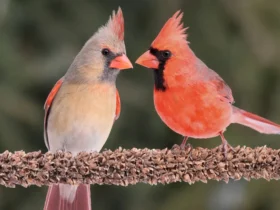In the heart of North America’s woodlands, the Pileated Woodpecker (Dryocopus pileatus) reigns as a charismatic and iconic bird. With its impressive size, distinctive appearance, and resonating drumming calls, this woodpecker stands as a symbol of the wild and vibrant landscapes of the continent. In this article, we delve into the world of the Pileated Woodpecker, exploring its characteristics, behaviors, habitat, and its significance within North America’s diverse ecosystems.
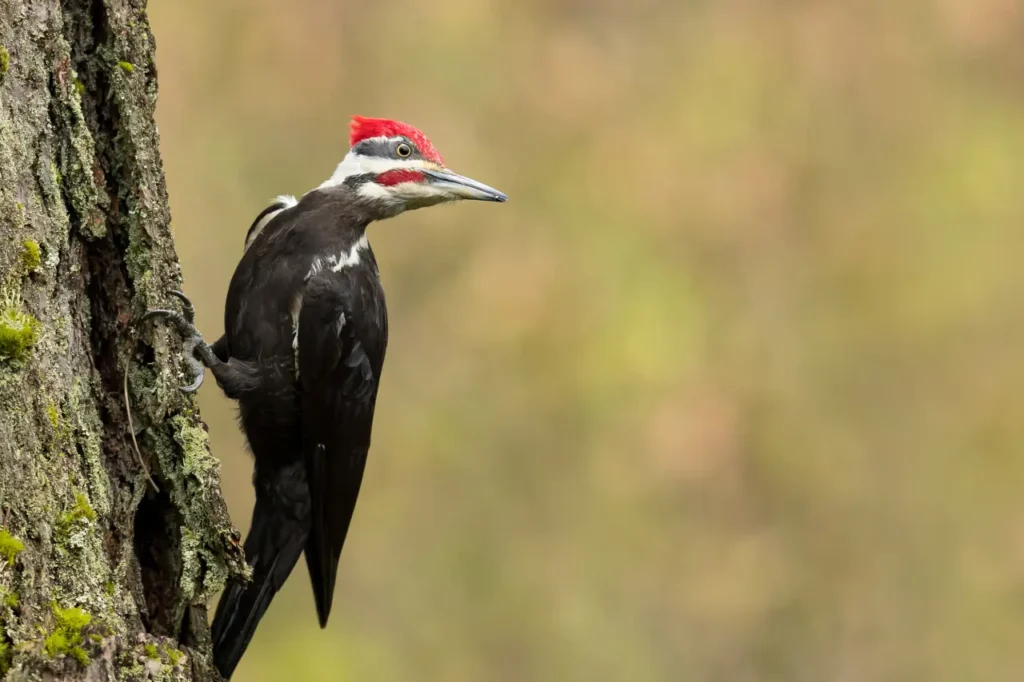
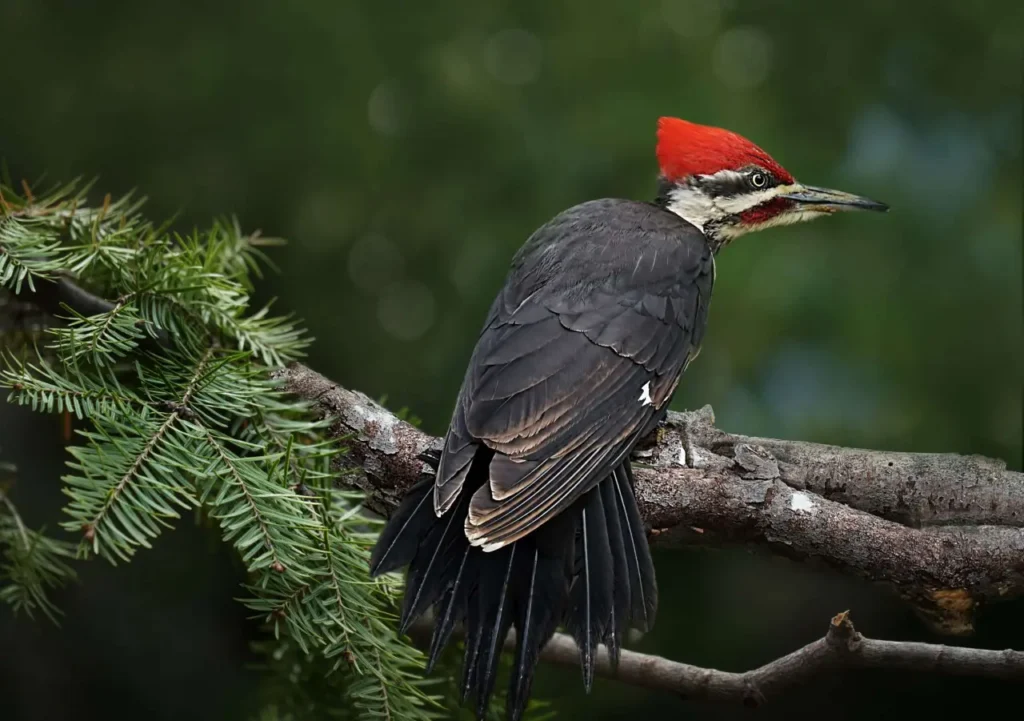
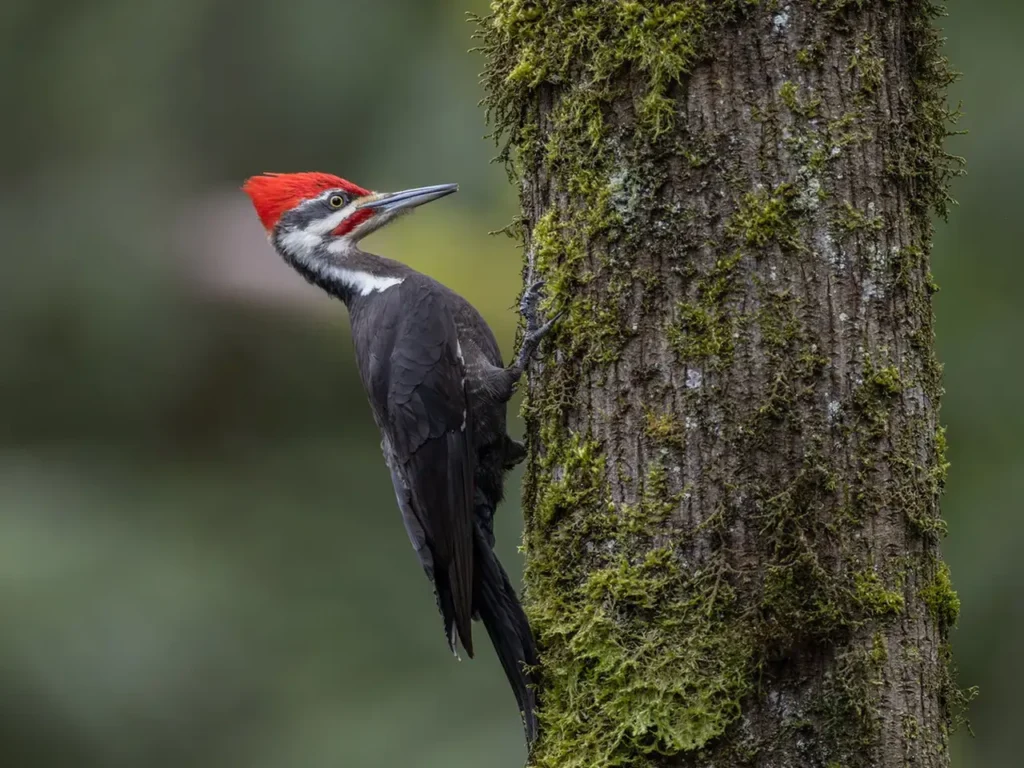
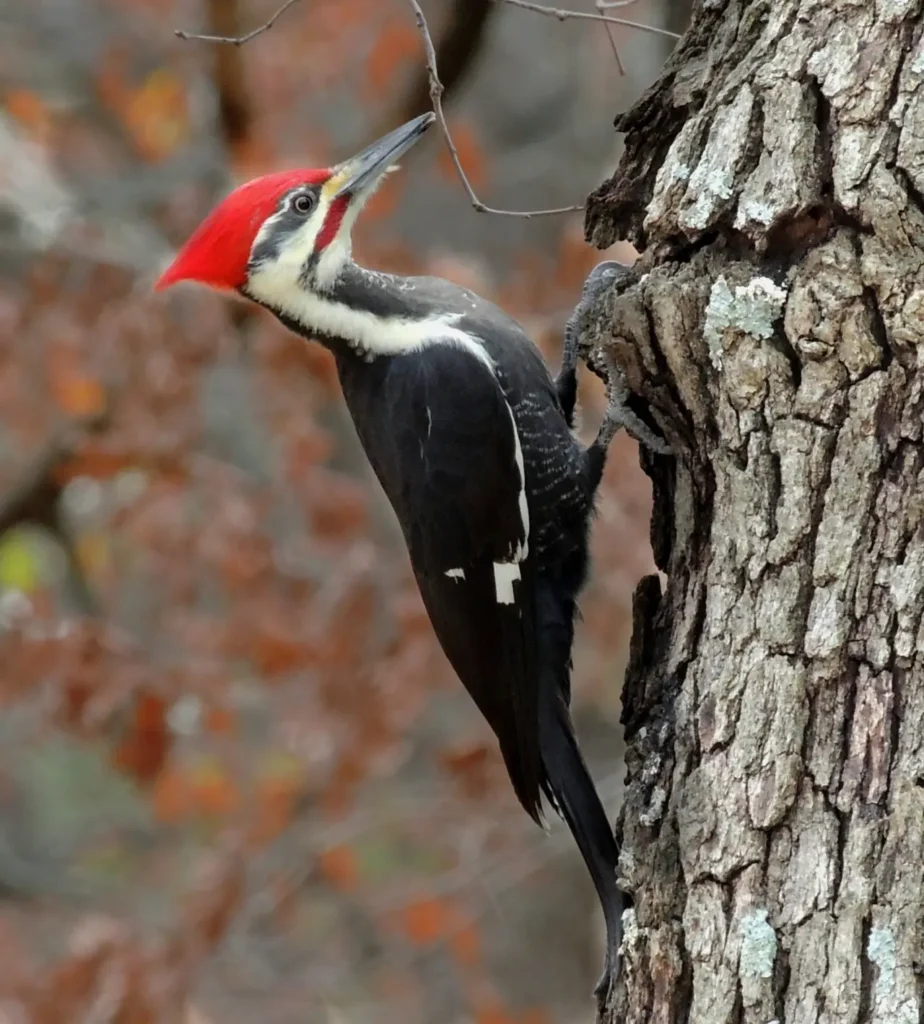
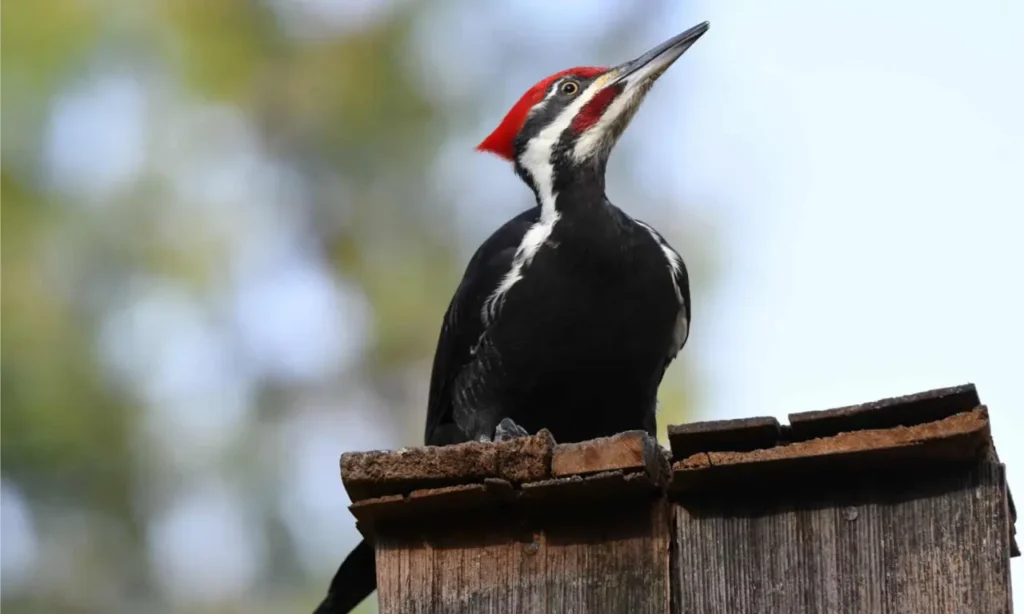
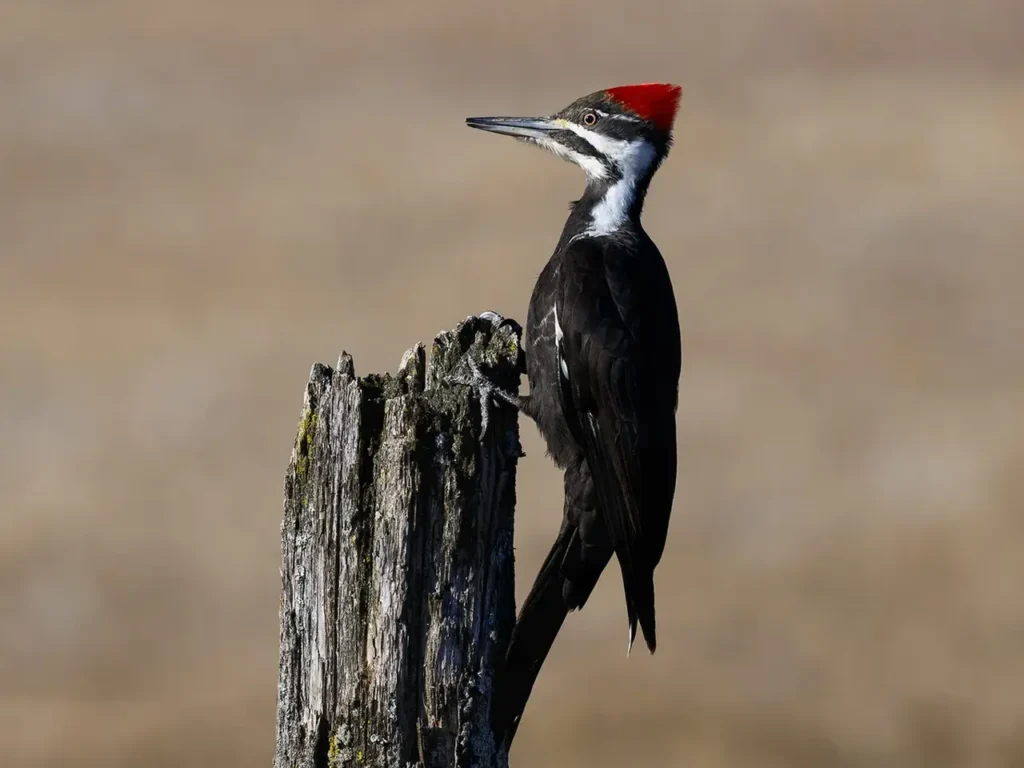
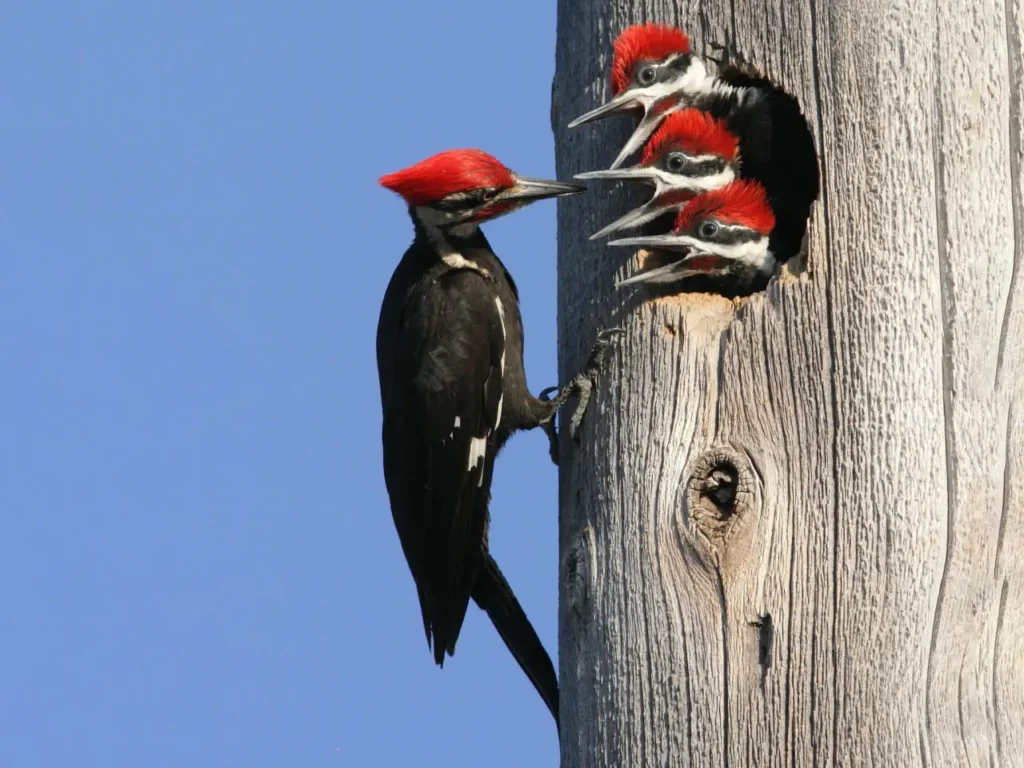
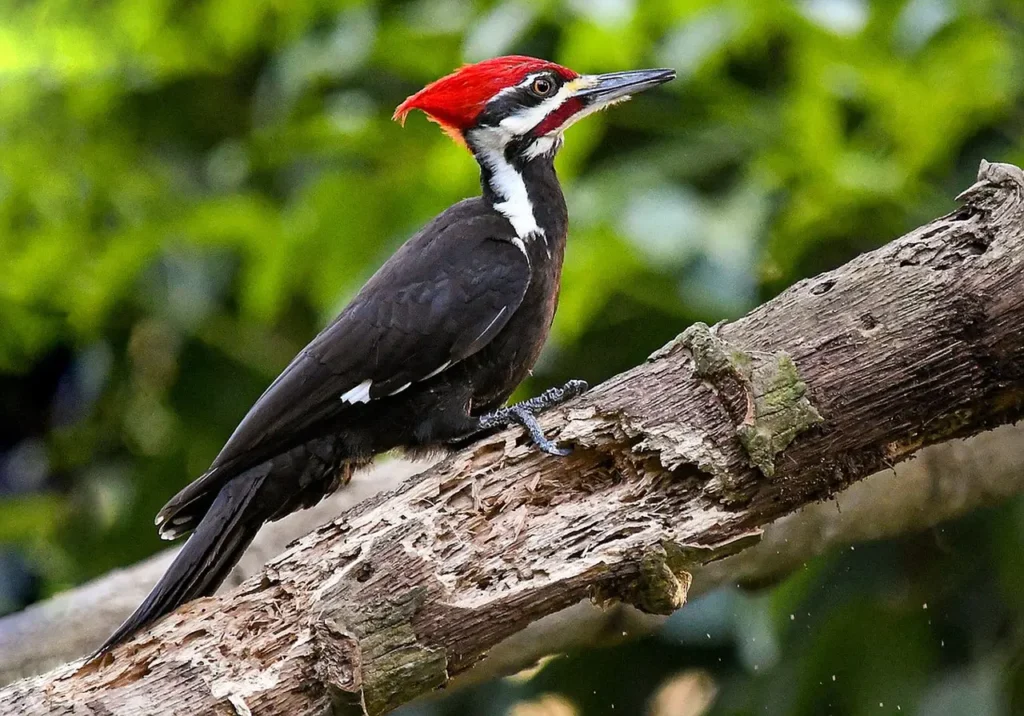
Appearance and Characteristics
The Pileated Woodpecker is the largest woodpecker species in North America, measuring around 16 to 19 inches in length, including its striking crest. Its plumage is primarily black, with striking white stripes running down its neck and sides. The most distinguishing feature of the Pileated Woodpecker is its prominent red crest, which gives the bird an almost prehistoric appearance. Both males and females have crests, but in males, the crest extends to the back of the head, while in females, it stops at the forehead.
Hunting and Feeding Behaviors
Pileated Woodpeckers are skilled foragers, specializing in locating and extracting insects and grubs from trees. Their strong, chisel-like bills enable them to chip away at bark and wood in search of their prey. They are known for their distinctive “rectangular” holes in tree trunks, often a telltale sign of their feeding activities. Their diet also includes fruits, nuts, and occasional small vertebrates.
Drumming Calls
One of the most recognizable aspects of the Pileated Woodpecker’s behavior is its loud and resonant drumming calls. These drumming sounds are produced by the rapid and repeated hammering of the bird’s bill against a hollow tree trunk. This behavior serves multiple purposes, including territory marking, attracting mates, and communication with other woodpeckers.
Habitat and Range
Pileated Woodpeckers inhabit a variety of forested habitats, including deciduous and mixed woodlands, as well as forested areas near wetlands. They can be found throughout North America, ranging from the eastern United States to parts of Canada and even into the Pacific Northwest.
Conservation and Challenges
Pileated Woodpecker populations are generally stable, and the species is not considered threatened. However, habitat loss due to deforestation and urbanization can impact their populations. The preservation of mature forests and natural woodlands is crucial for ensuring their continued presence and well-being.
Cultural and Ecological Significance
Pileated Woodpeckers hold cultural significance in various indigenous traditions across North America. Their unique calls, vibrant plumage, and rhythmic drumming have inspired stories, legends, and artwork.
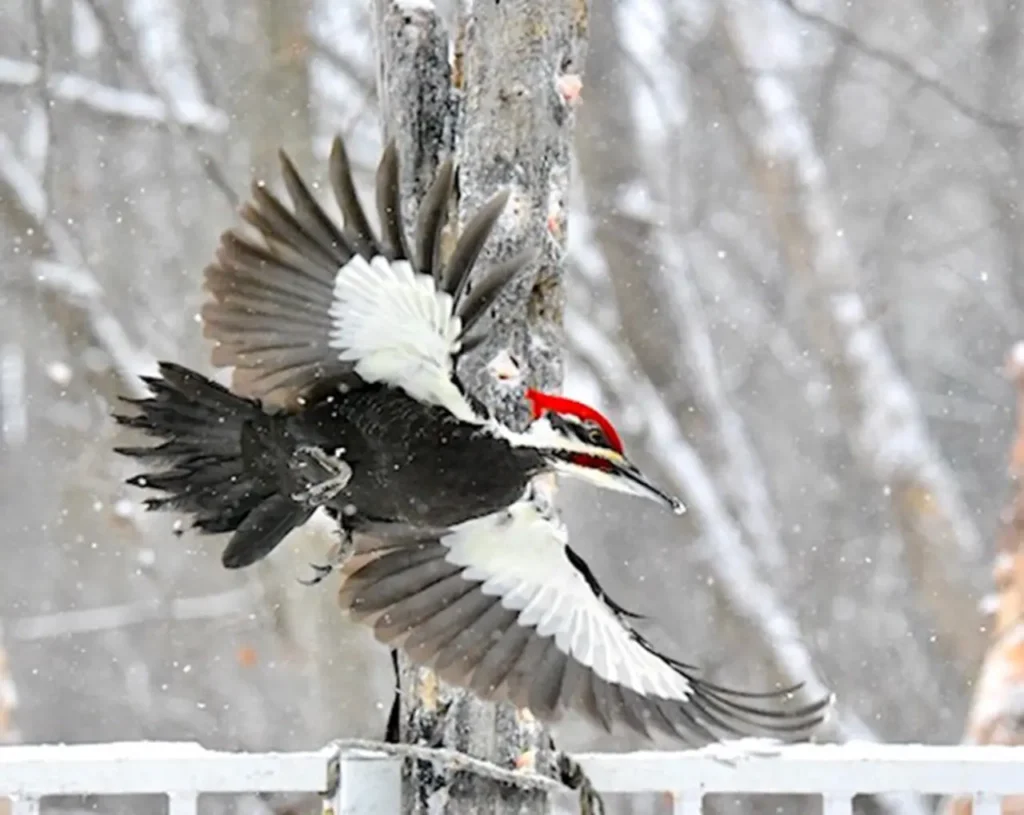
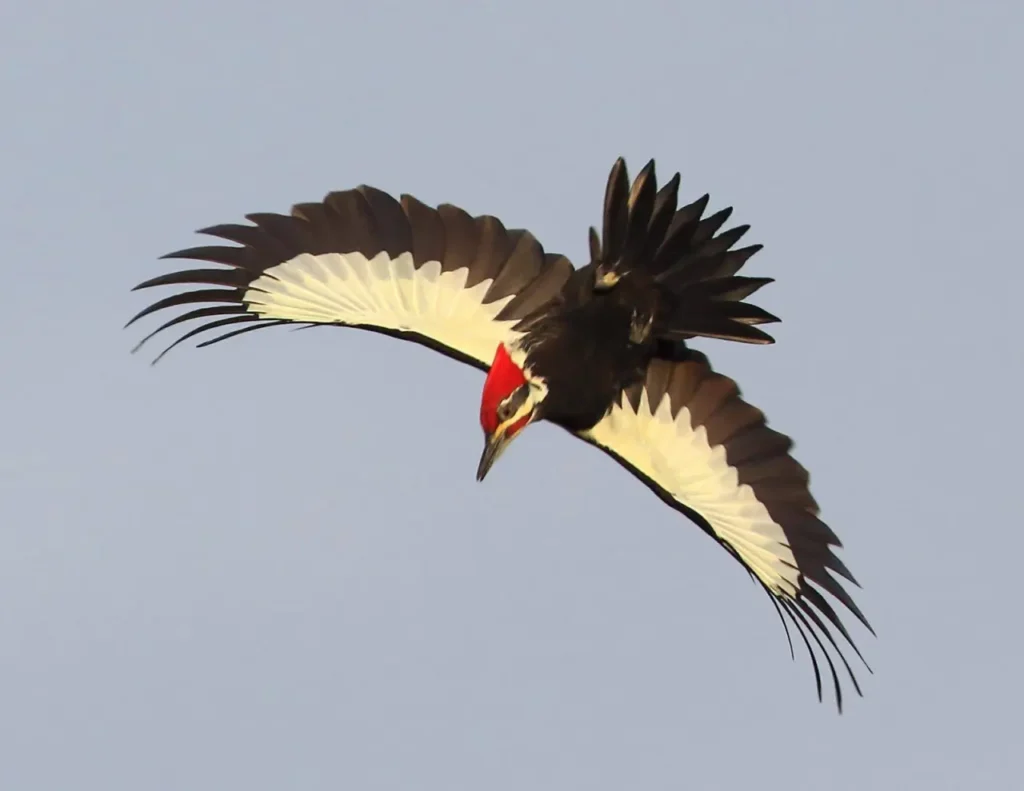
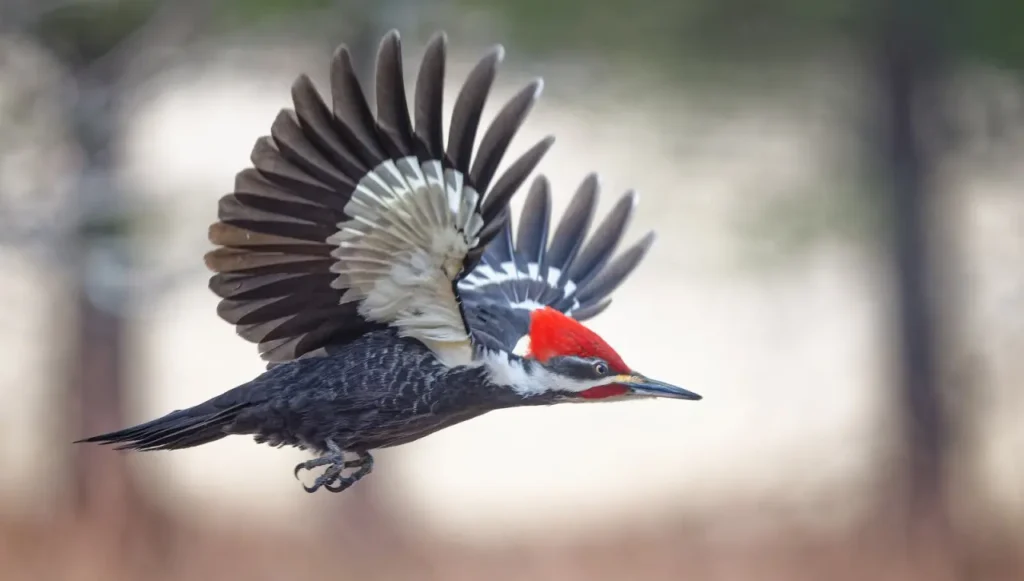
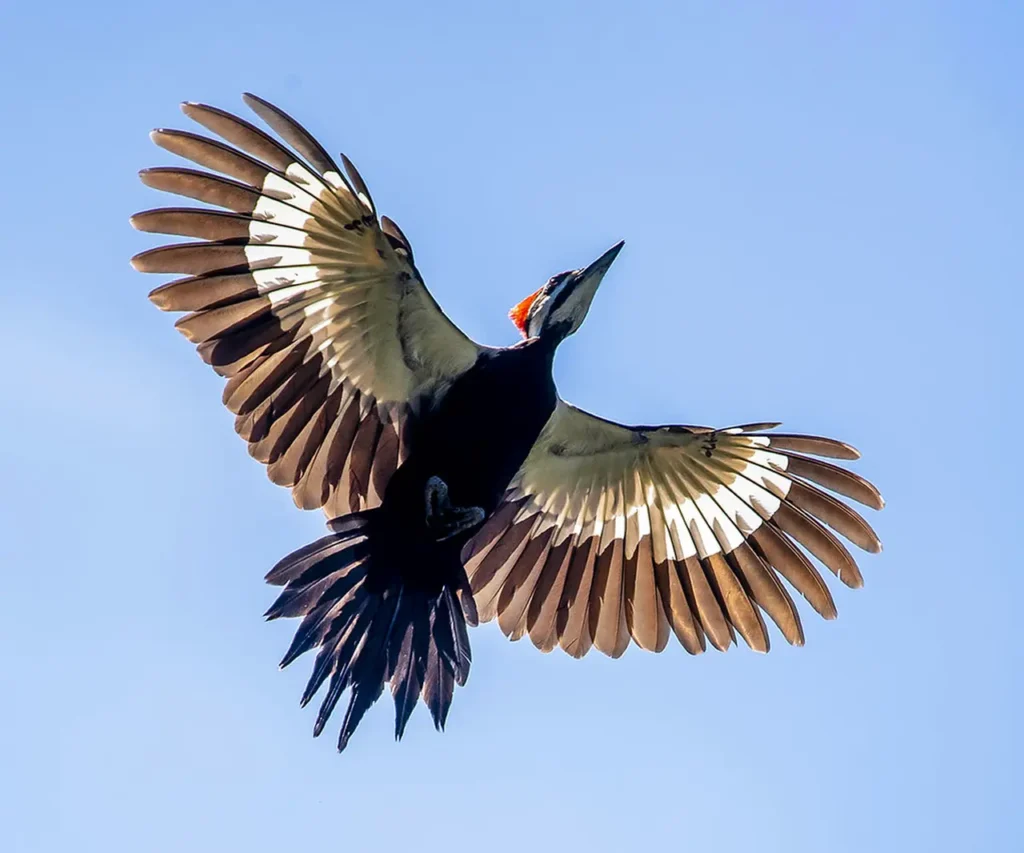
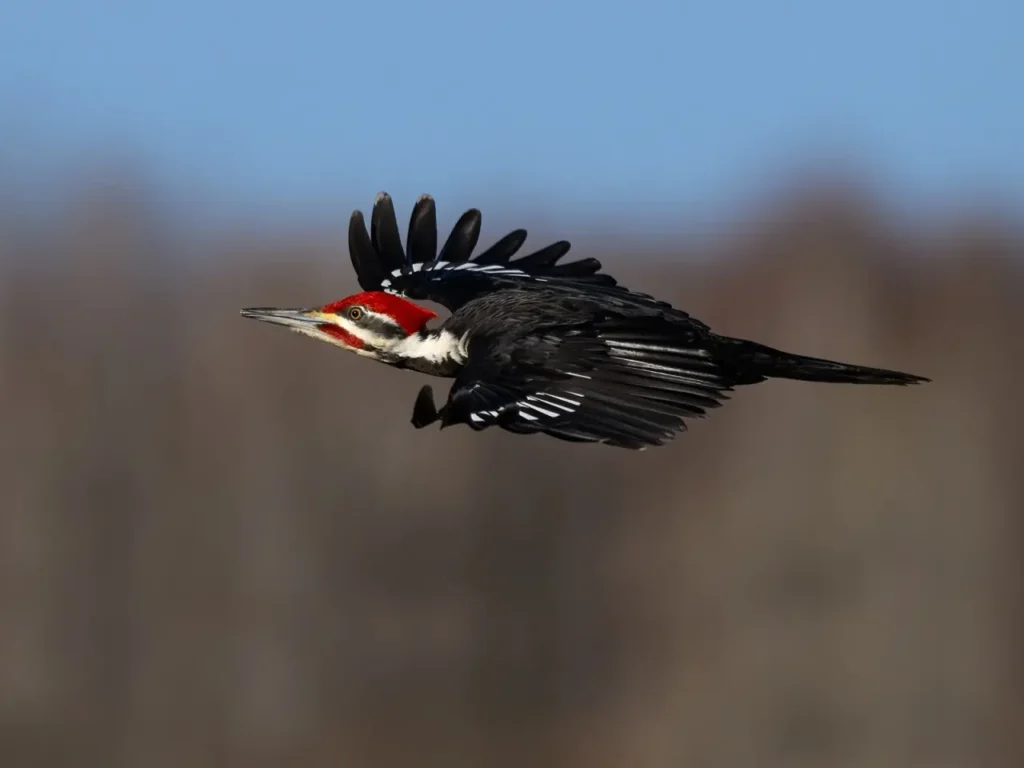
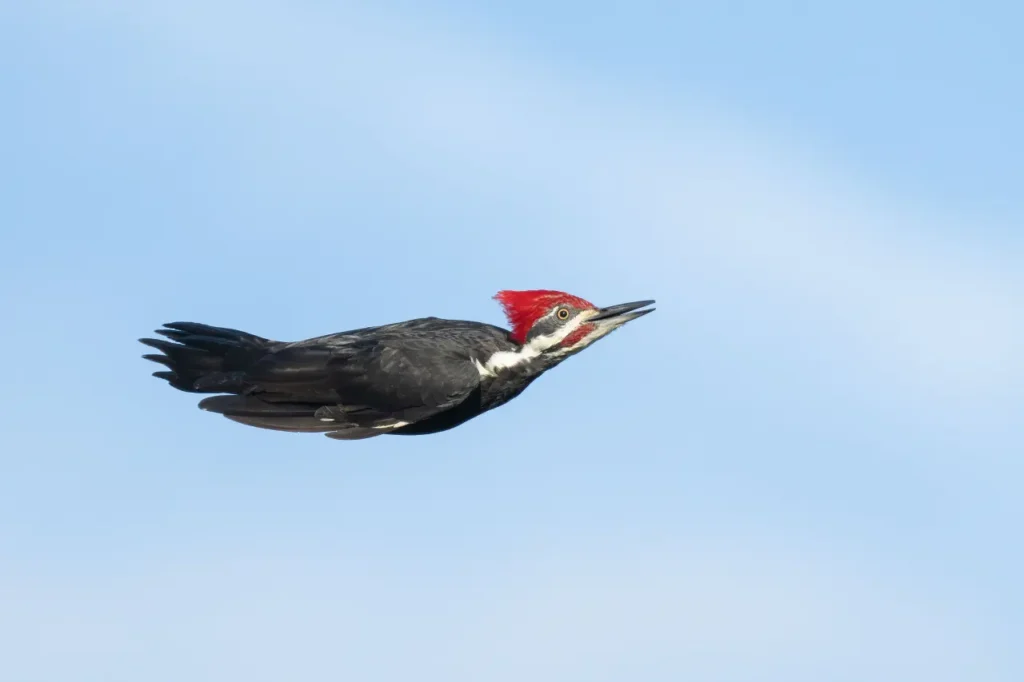
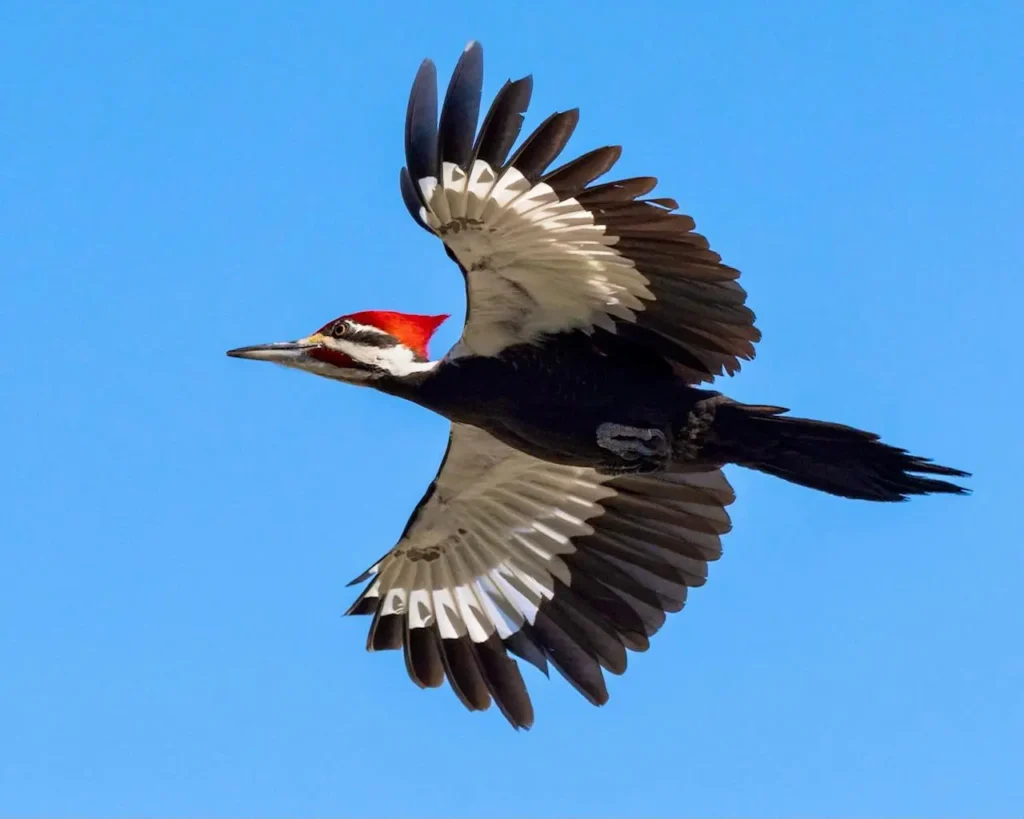
The Pileated Woodpecker, with its majestic size, distinctive appearance, and rhythmic drumming, embodies the essence of North America’s wild and resilient forests. Its role in maintaining the balance of ecosystems and its captivating presence serve as a reminder of the interconnectedness of all living things. By celebrating and conserving the habitats that sustain the Pileated Woodpecker, we honor the beauty of nature and contribute to the preservation of the diverse avian life that enriches our world.
